WATCH: Amazing footage from Sunderland's past '“ second chance to see sell-out film
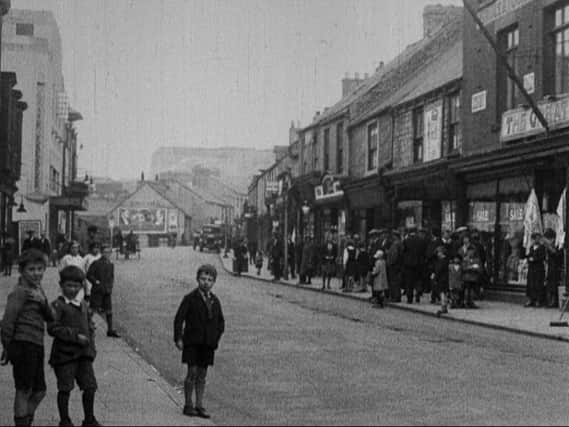

Sunderland on Film will be screened at 7pm on Friday, February 12, at the Bunny Hill Centre., Hylton Lane, Sunderland.
Selected from a remarkable collection of films from the North East Film Archive (NEFA), Sunderland on Film is a fascinating portrait of the city and surrounding area, featuring local communities and landmark events.
Advertisement
Hide AdAdvertisement
Hide Ad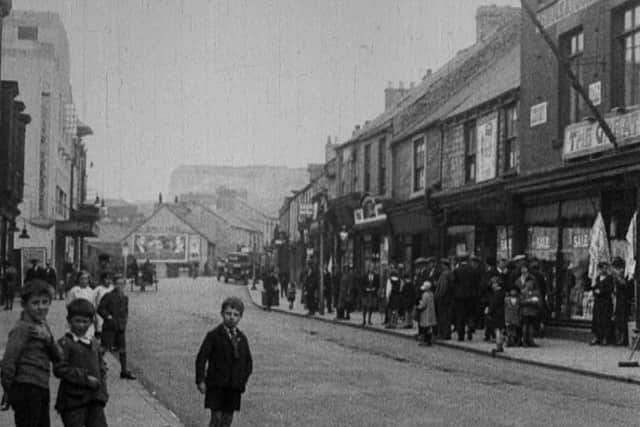

The story begins in 1904 with a thrilling winter tram ride through Edwardian Sunderland before heading to the coast in 1926 for the Roker Regatta and August Bank Holiday festivities, two films courtesy of the BFI National Archive.
The screening features other NEFA titles recently digitised as part of the BFI Britain on Film project including ‘A Day in Houghton-Le-Spring’, a 1930s topical newsreel with local characters captured on film.
In stark contrast there is also footage of the 1972 miners’ strikes at Usworth Colliery and a behind-the-scenes snapshot of the Sunderland Echo in 1980.
More than 250 people packed into Sunderland Minster last October for the first showing of the film, presented by Sunderland City Council Libraries Services during the Sunderland Literature Festival.
Advertisement
Hide AdAdvertisement
Hide Ad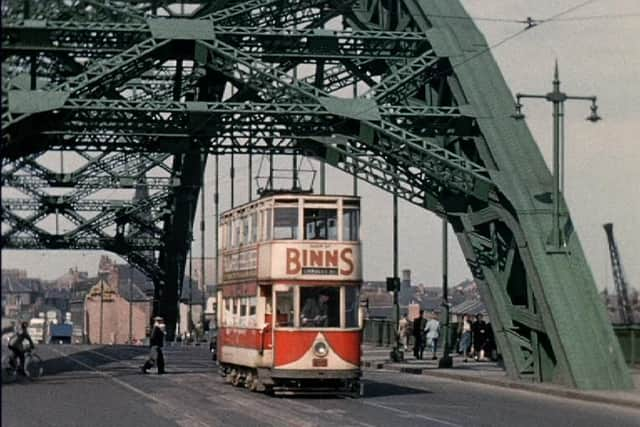

This repeat screening is being supported by The Cultural Spring in partnership with Sunderland City Council Libraries Services and NEFA.
Graham Relton, archive manager at NEFA, said: "There was such a buzz at the first Sunderland on Film event and we’d love to get a sell out at the repeat.
"The footage is so evocative and we’ve curated the screening to be part entertaining, part informative. We want to make people proud of these collective moments, it’s their ancestors caught on film.
“The film is a portrait of the people of Wearside, from the remarkable shipyard workers of Bartram and Sons, some with more than 50 years’ experience, who you’ll see build and launch the Mocamedes just after the Second World War, to the loyal supporters of the Black Cats in 1937 and 1973 as they cheered their team to FA Cup success at Wembley from the pubs, clubs and living rooms back at home.”
Advertisement
Hide AdAdvertisement
Hide Ad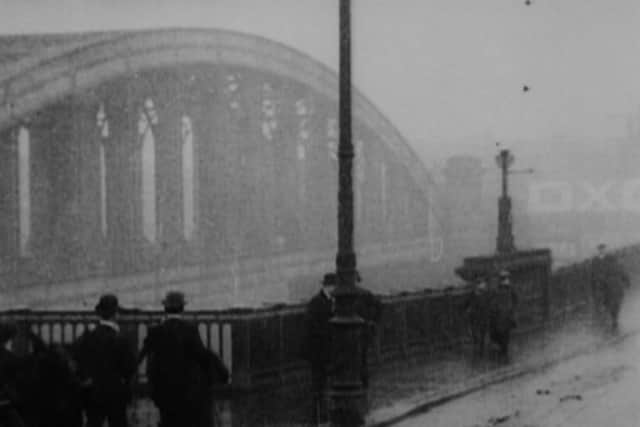

The film also features footage from ‘Going Places’, a 1955 film made in Sunderland and local popular seaside towns as the trams make way for new buses to transport people to their favourite places, including Roker Park.
'Sunderland Setting for Industry’ sees the transformation of the city as slum areas are cleared for Sunderland Corporation’s redesign of residential, educational and business centres.
The 1974 film ‘Nice One Sunderland’ celebrates the business growth and beauty spots of Sunderland following their FA Cup triumph over Leeds United the previous year.
Graham added: “The North East Film Archive (supported by Film Hub North) has brought together a wealth of films including a 1963 Tyne Tees Television newsreel featuring the Empire Theatre, a 1977 visit by the then-American President Jimmy Carter, and 1980s footage of the Nissan motor plant, to celebrate a vibrant, diverse and sometimes surprising history of vanished landscapes, industries, people at work, and at play.”
Advertisement
Hide AdAdvertisement
Hide Ad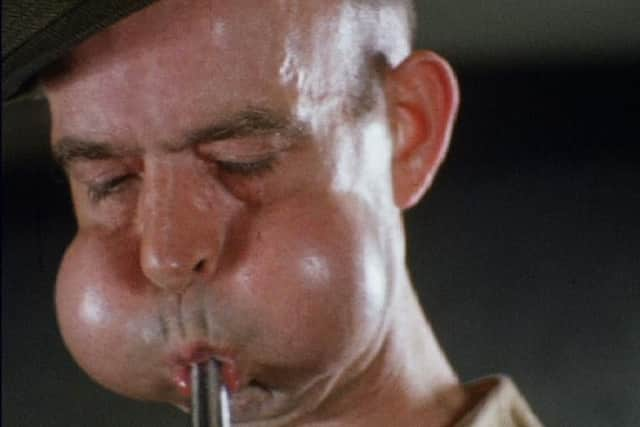

Rebecca Ball, project director at the Cultural Spring, an Arts Council-funded project working to increase arts participation in Sunderland and South Tyneside, said she was delighted the film is getting a second public screening.
“It’s an entertaining, but also really informative film that traces the development of Sunderland over the past eight decades. It’s a nostalgic treat, but it will also make Wearsiders feel prouder of the city they call home.”
The 10 Cultural Spring wards are Castletown, Red House, Southwick, Fulwell and Roker/St Peter's wards in Sunderland, and Biddick Hall and All Saints, Boldon, Cleadon, Whitburn/Marsden and Whiteleas in South Tyneside.
The Cultural Spring’s three partners are the University of Sunderland; the Customs House, South Shields, and Sunderland’s Music, Arts and Culture (MAC) Trust.
Advertisement
Hide AdAdvertisement
Hide AdFind out more about the Cultural Spring project, or the Your Art Fund, at www.theculturalspring.org.uk
Tickets for Sunderland on Film at the Bunny Hill Centre cost £2 and are available from the Customs House Box office on 0191 454 1234. Watch the trailer for the event HERE.